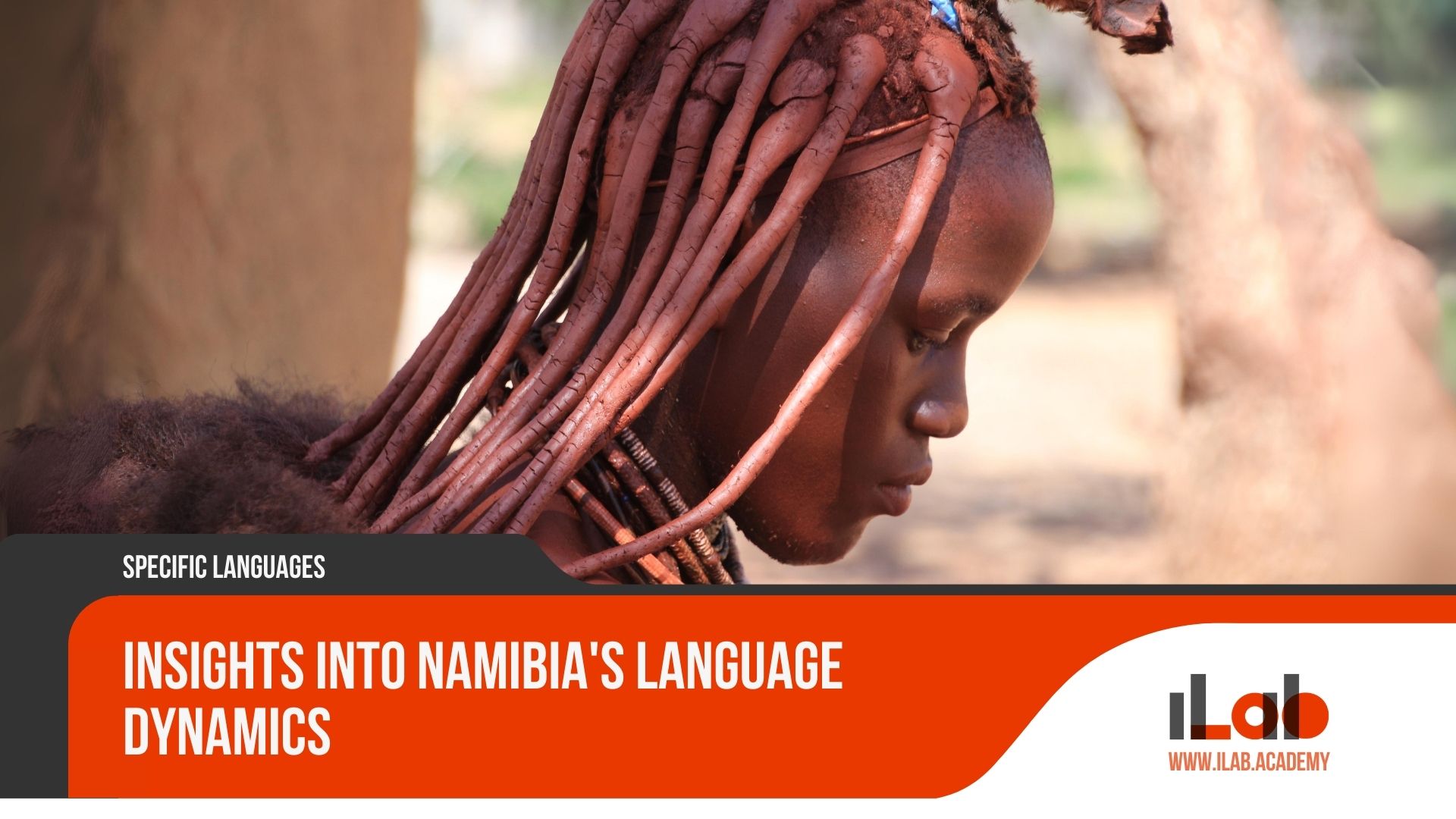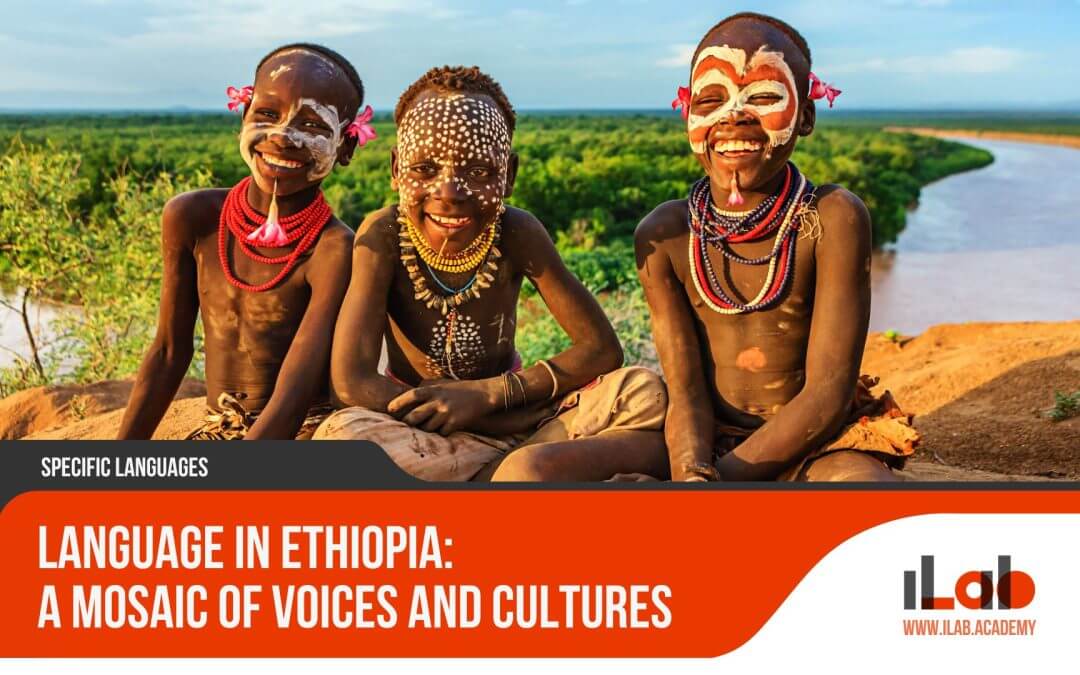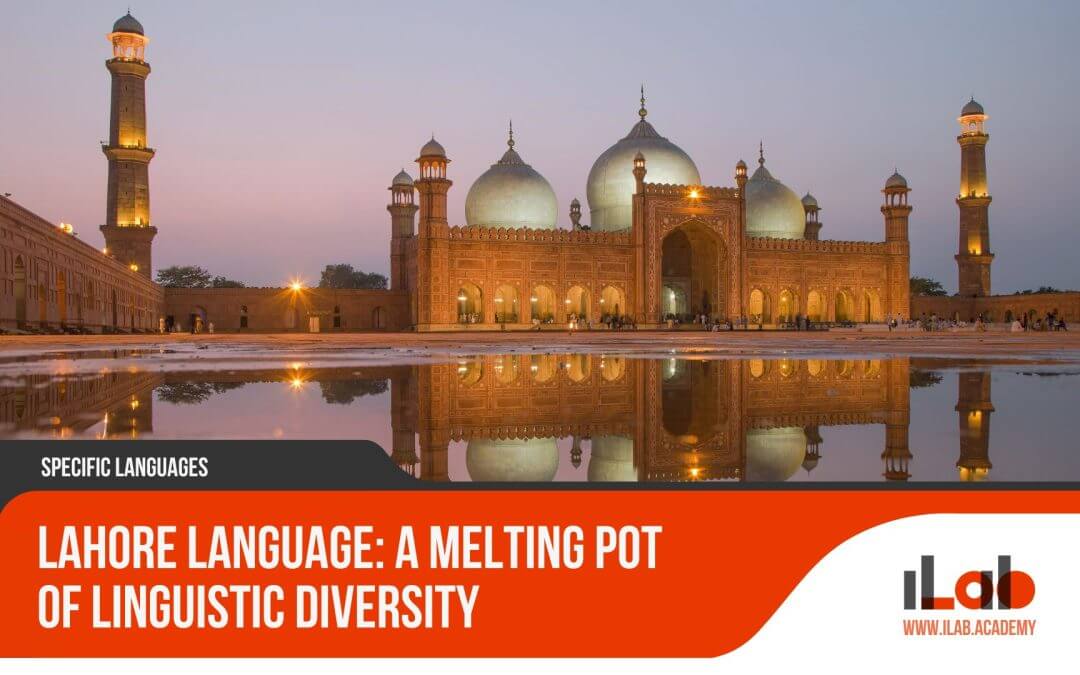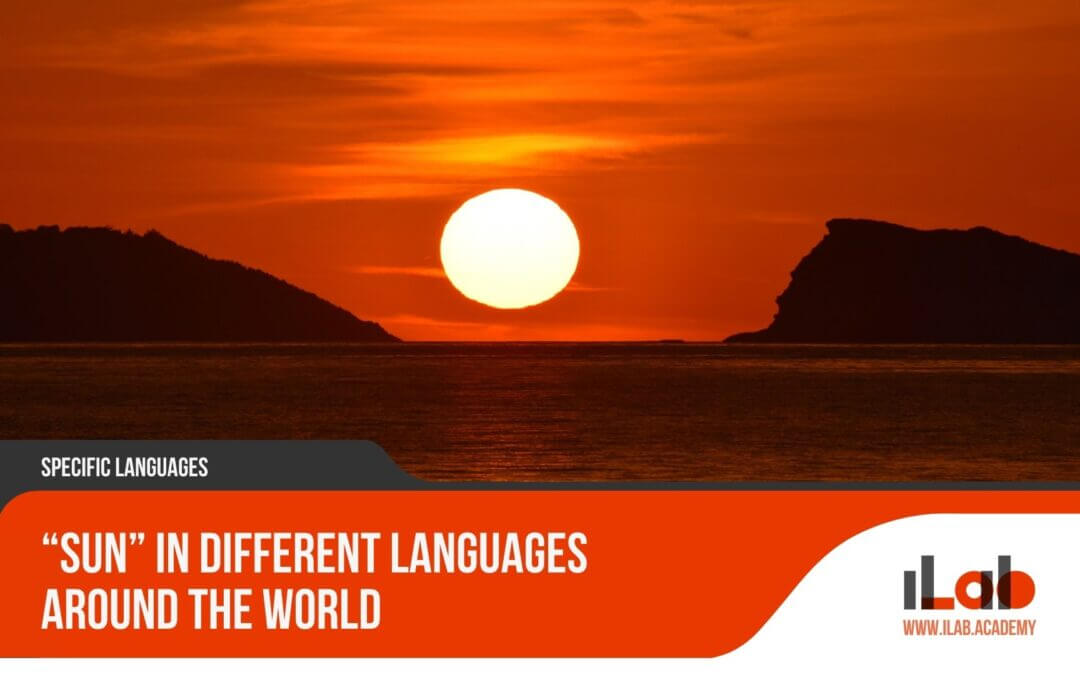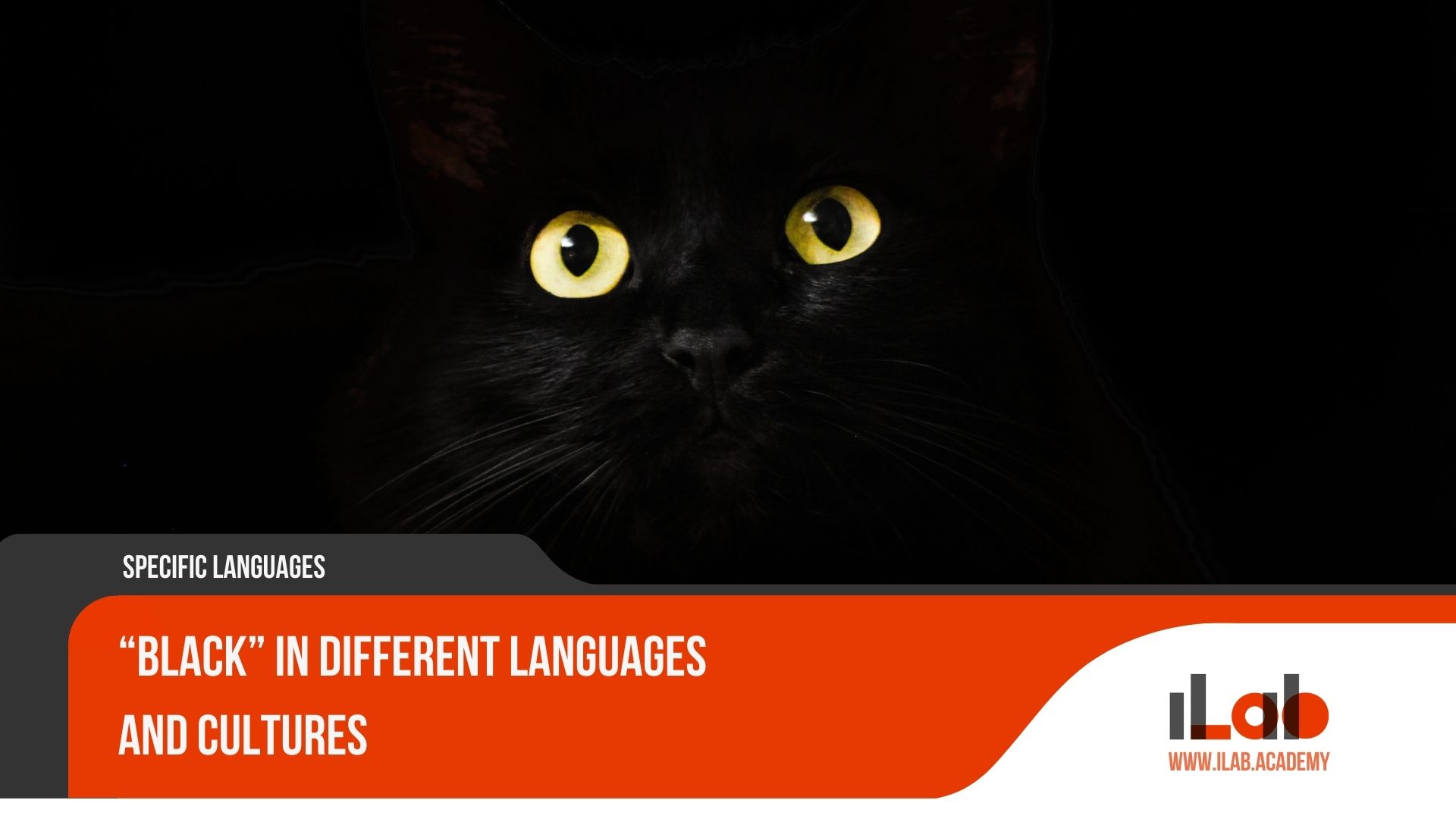Table of contents
In the arid expanse of Southern Africa, the Republic of Namibia stands as a testament to linguistic resilience and complexity. The interwoven fabric of its language dynamics offers an intriguing glimpse into the country’s multifaceted identity, where each linguistic thread contributes to the broader national narrative. As we begin to navigate the contours of Namibia’s linguistic landscape, we encounter the juxtaposition of English – the conduit of official discourse and education – with the rich, indigenous tongues that echo the soul of Namibian tradition. The interjection of Afrikaans, a language steeped in the country’s colonial past, yet still prevalent in many sectors of society, adds further intricacy to the linguistic equation. This discourse aims to unpack the nuanced roles these languages play, not only in daily communication but also as instruments of cultural preservation, social cohesion, and economic participation. As we consider the evolving policies and practices shaping language use in Namibia, one must ponder the future trajectory of this diverse linguistic ecosystem and the forces that will define its continued evolution.
Key Takeaways
- Namibia is a linguistically diverse country with a rich language panorama that includes several indigenous languages alongside English, the official language.
- The selection of English as the official language post-independence has had a significant impact on education and government in Namibia.
- Namibia’s indigenous languages are essential bearers of cultural identity and play a crucial role in the preservation of traditional knowledge and customs.
- Afrikaans, with its colonial origins, continues to have a presence in many communities in Namibia, and its contemporary status reflects the country’s linguistic framework.
The Linguistic Landscape of Namibia
Namibia’s linguistic tapestry is as varied and expansive as its majestic landscapes, encompassing a multitude of indigenous languages alongside English, the nation’s official tongue. This rich linguistic diversity mirrors the country’s cultural heterogeneity, shaped by its complex history and the myriad of ethnic groups that call it home. The selection of English as the official language post-independence was a strategic move to foster unity and facilitate international relations, yet it exists in a dynamic interplay with the country’s indigenous vernaculars.
Namibia’s language panorama is a testament to its indigenous roots, with each language offering a unique lens through which to view the nation’s soul. The Oshiwambo languages, spoken by the largest ethnic group, are a cornerstone of Namibia’s linguistic heritage. Khoekhoegowab, the language of the original inhabitants, resonates with the clicks and tones of the Kalahari. Otjiherero, another prominent language, carries the narratives of the Herero people.
Languages like Afrikaans, a vestige of colonial times, retain their imprint on Namibian society, underscoring the complex interweaving of history and language. The presence of German, a reflection of the colonial past, still finds a place in certain communities and contributes to the linguistic mosaic.
Understanding Namibia’s linguistic landscape is crucial for grasping the broader socio-cultural context of the nation. Each language serves not only as a means of communication but as a repository of cultural identity, history, and knowledge. Acknowledging this linguistic wealth is essential for appreciating the full spectrum of Namibia’s identity and the challenges faced in preserving its diverse voice.
English as the Official Language of Namibia
In the wake of Namibia’s independence in 1990, the government made a decisive choice to adopt English as the sole official language, a move aimed at unifying the nation’s diverse ethnic groups and establishing a neutral medium for administration and education. This strategic decision was rooted in the aspiration to foster cohesion among the various communities and to distance the nation from its colonial past, where German and Afrikaans had been prominent.
The implementation of English as an official language has had a significant impact on the educational system and government operations. It is used as the medium of instruction from primary school all the way to tertiary education, and it is the language of record in government and official communication. This policy has opened doors for Namibia on the international stage, facilitating diplomatic relations and economic partnerships.
However, the elevation of English has not been without its challenges. Its adoption has necessitated a considerable investment in language education, as well as continuous training for educators and civil servants. There is also an ongoing debate about the implications for indigenous languages and cultural heritage. While English serves as a linguistic bridge in a multicultural society, there is a concern that it could overshadow the rich tapestry of local languages, which are integral to Namibia’s identity.
The government’s commitment to a monolingual English policy underscores the nuanced balancing act between embracing a global lingua franca and preserving linguistic diversity. As Namibia continues to navigate its post-independence era, the role of English remains central to the country’s aspirations for unity, development, and international engagement.
Indigenous Languages: Pride of Namibia’s Cultural Heritage
Delving beneath the surface of Namibia’s linguistic landscape reveals a mosaic of indigenous languages, each a repository of the nation’s cultural wealth and ancestral wisdom. Amongst these, languages such as Oshiwambo, Khoekhoegowab, and Otjiherero stand out not only for their linguistic intricacies but also for the cultural identities they embody. These languages, spoken by the majority of the rural and some urban populations, are integral to the transmission of oral histories, traditional practices, and communal values that have rippled through generations.
The significance of indigenous languages in Namibia extends beyond mere communication; they are vital for the preservation of unique worldviews and knowledge systems. Rooted in the nation’s diverse ecosystems, these languages encapsulate environmental wisdom that is indispensable for the sustainable stewardship of local resources. Such linguistic diversity also contributes to the cultural vibrancy of Namibia, encouraging a sense of pride and belonging among its people.
In recognizing their intrinsic value, efforts are being made to ensure these languages flourish alongside English, the nation’s official language. Educational policies strive to balance multilingualism, offering instruction in indigenous languages at primary levels to reinforce cultural continuity. However, the challenge remains to maintain relevance and encourage usage in increasingly globalized and digitized contexts.
As custodians of Namibia’s cultural heritage, indigenous languages require deliberate and sustained support to remain vibrant and functional. This involves not only policy advocacy but also community engagement that promotes linguistic pride and practical use in daily life. By nurturing these languages, Namibia not only honors its past but also enriches its future, ensuring diverse expressions of identity and knowledge are not just remembered but lived.
Afrikaans in Namibia: From Colonial Legacy to Present Use
Afrikaans, with its roots deeply embedded in the colonial era, remains a significant part of the linguistic tapestry of Namibia, reflecting a complex interplay of historical influences and contemporary realities. Originating from the Dutch spoken by settlers and the assimilated languages of enslaved people and indigenous groups, Afrikaans developed into a distinct language and, during colonial rule, became a prominent language of administration and education.
Despite Namibia’s shift to English as the official language following independence in 1990, Afrikaans still holds considerable sway in many sectors of society. It is widely spoken as a second language and serves as a lingua franca among various ethnic groups, facilitating communication across cultural lines. In certain communities, it remains the predominant home language, indicative of its historical entrenchment and its role in the social fabric of these regions.
The contemporary status of Afrikaans in Namibia is multifaceted. It is a language of commerce and social interaction in some urban and rural areas, and it is featured in local media and publications. This reflects a sustained relevance that extends beyond its colonial origins. While English is emphasized in the educational system, Afrikaans often features as a subject, and in some cases, as a medium of instruction, especially in schools with a significant number of Afrikaans-speaking learners.
In Namibia’s multilingual landscape, the continued use of Afrikaans highlights the nation’s complex historical legacy and the pragmatic adaptation of languages in daily life. Its endurance also poses questions about the balance of language policy, the preservation of cultural heritage, and the equitable development of all language communities within the nation’s borders.
Namibia’s Language Policies and Multilingual Education
Namibia’s education system embodies a complex tapestry of languages, shaped by policies that aim to foster multilingualism and balance the use of English with the cultivation of indigenous languages. Recognizing the importance of linguistic diversity, the Namibian government has established language policies that seek to both prioritize English as the medium of instruction and preserve the rich heritage of indigenous languages. This is evident in the educational sector, where the policies are implemented with the intent to create an inclusive and effective learning environment.
- Medium of Instruction: English is the official medium of instruction from fourth grade onwards, with the goal of enabling students to compete in the global arena.
- Mother Tongue-Based Education: Schools are encouraged to use the mother tongue of the learners as the language of instruction in the early years of education to enhance comprehension and cognitive development.
- Indigenous Language Promotion: There is an emphasis on the inclusion of indigenous languages in the curriculum, not only for communication but also as subjects of study to instill cultural pride and ensure their preservation.
The effectiveness of these policies is a subject of ongoing evaluation. On one hand, the elevation of English aims to provide students with access to global opportunities and resources. On the other, the promotion of indigenous languages within the educational system is crucial in maintaining cultural identity and knowledge. Striking a balance between these objectives presents both challenges and opportunities for Namibian education. As such, continuous dialogue and policy refinement are necessary to support a multilingual education system that reflects the nation’s unique linguistic landscape and meets the needs of its learners.
The Struggle for Language Preservation and Revitalization
Often overlooked in mainstream discourse, the preservation and revitalization of Namibia’s less commonly spoken languages face significant challenges in today’s rapidly globalizing world. These languages, integral to cultural identity and heritage, risk falling into disuse if not actively maintained and promoted. Namibia, a country with a rich mosaic of languages, is at the forefront of this struggle, with marginalized languages vying for survival against more dominant tongues.
Efforts to preserve these languages encounter hurdles ranging from a lack of resources to institutional support. Most educational and official platforms prioritize English, and to a lesser extent Afrikaans, relegating indigenous languages to secondary status. This imbalance has far-reaching implications, often diminishing the perceived value of native languages among the younger generation, who are key to their survival.
In response to these challenges, initiatives have emerged to bolster the use and respect of these languages. Cultural organizations and language activists are striving to document and promote linguistic diversity through educational programs and media representation. It is a multifaceted endeavor that requires the collaboration of local communities, government agencies, and international partners.
The commitment to preserve Namibia’s linguistic heritage is not just about saving words; it is about maintaining the nation’s cultural diversity and the rich knowledge systems that these languages embody. As Namibia navigates the complexities of language dynamics, the concerted effort to ensure that no language is left behind becomes an essential component of the nation’s identity and social cohesion. Through awareness and targeted action, the struggle for language preservation and revitalization continues, seeking to secure a vibrant linguistic legacy for future generations.
Diversity in Communication: Namibia’s Urban vs. Rural Language Dynamics
While efforts to revitalize endangered languages are ongoing, the dynamics of language use in Namibia also reveal distinct patterns between urban and rural communities, reflecting broader social and migratory trends. Urban centers typically exhibit a cosmopolitan linguistic environment, where English, as the official language, often dominates in business, education, and media. This prevalence is attributed to urbanization and the associated economic opportunities that draw individuals from various linguistic backgrounds, leading to a melting pot of languages but also to a certain degree of linguistic homogenization.
In contrast, rural areas in Namibia tend to be bastions of indigenous languages, where cultural traditions are more deeply rooted and daily communication relies heavily on local tongues. The linguistic landscape in these regions remains relatively untouched by the globalizing influence of English, allowing for the preservation of linguistic diversity. Nevertheless, the pull of urban areas and the allure of English for educational and professional advancement pose challenges to the maintenance of these languages.
To make the writing more interesting for the audience, consider the following key points:
Urban Language Dynamics:
- Greater use of English and Afrikaans in commerce and formal education.
- Multilingualism driven by internal migration and international influences.
- Potential for language shift as younger generations favor dominant languages.
Rural Language Dynamics:
- Stronger retention of indigenous languages like Oshiwambo, Otjiherero, and Khoekhoegowab.
- Cultural practices and oral traditions help sustain native languages.
- Vulnerability to language erosion due to the migration of youth to cities.
Understanding these dynamics is crucial for policymakers and educators, as it influences the development of language policies and educational programs aimed at promoting multilingualism and protecting Namibia’s linguistic heritage. The balancing act between embracing a global lingua franca and preserving local languages is a delicate one, requiring careful consideration of the socio-economic factors that drive language use in different contexts.
The Role of Media and Technology in Shaping Language Use in Namibia
In the digital era, media and technology have become pivotal forces in the evolution and preservation of languages within Namibia. The proliferation of broadcasting in indigenous languages and the advent of social media platforms have created unprecedented opportunities for linguistic expression and cultural exchange. These modern tools are not only facilitating communication across diverse linguistic groups but are also empowering speakers of minority languages by providing them with platforms to use and celebrate their mother tongues.
The Namibian media landscape, including radio and television, plays a crucial role in reflecting the country’s multilingual makeup. Stations that broadcast in languages such as Oshiwambo, Otjiherero, and Khoekhoegowab contribute to the visibility and viability of these languages. By airing programs in indigenous languages, they support the notion that these tongues are not just relics of the past but are living, breathing mediums of contemporary discourse.
Moreover, technology, particularly mobile internet access, has spurred the growth of social media usage in Namibia, allowing for a democratization of language use. Individuals can now engage with global audiences while still using their native languages, thus integrating local linguistic heritage with international communication streams. This dynamic has the potential to strengthen language communities by fostering a sense of pride and encouraging the younger generation to value their linguistic heritage.
The impact of media and technology on language use in Namibia is significant. They serve as tools for both preserving the rich tapestry of Namibian languages and adapting them to the demands of the modern world. Consequently, understanding and leveraging these tools is essential for policy makers, educators, and language advocates as they strive to ensure the endurance and flourishing of Namibia’s linguistic diversity.
Frequently Asked Questions
How Has Namibia’s Tourism Industry Adapted to Accommodate the Language Diversity of International Visitors?
Namibia’s tourism industry has embraced its linguistic diversity to cater to international visitors through multilingual customer service. Tour guides and hotel staff often speak multiple languages, including English, German, and Portuguese, to better serve travelers. Brochures and websites are also available in various languages, ensuring that information about attractions and services is accessible. This adaptability enhances the visitor experience and promotes cultural exchange.
In What Ways Does the Namibian Legal System Address Language Barriers During Legal Proceedings and in the Provision of Legal Documents?
The Namibian legal system mitigates language barriers by providing interpretation services during legal proceedings and translating key legal documents into multiple languages. This ensures equitable access to justice for speakers of various languages, reflecting the country’s commitment to linguistic diversity. Such measures are essential for upholding the rights of all individuals within the legal framework, regardless of their linguistic background.
How Do Language Dynamics in Namibia Affect Interpersonal Relationships and Social Interactions Among Different Ethnic Groups?
Language dynamics in Namibia significantly influence interpersonal relationships and social interactions among ethnic groups. Multilingualism facilitates cross-cultural communication, fostering understanding and cooperation. However, language differences can also lead to social stratification and exclusion, particularly for speakers of minority languages. Effective dialogue and inclusive language policies are essential for enhancing social cohesion and ensuring equitable interaction among Namibia’s diverse ethnic communities.
What Are the Economic Impacts of Language Skills on Employment Opportunities in Namibia’s Job Market?
In Namibia, language skills significantly influence employment prospects, with multilingualism often enhancing job market competitiveness. Proficiency in English, the official language, is crucial for most formal employment opportunities. However, the ability to communicate in indigenous languages can be advantageous in sectors like tourism, education, and regional administration. Thus, language proficiency directly impacts economic opportunities, potentially affecting income levels and social mobility within the diverse linguistic landscape of Namibia.
How Do Namibian Authors and Artists Use the Country’s Language Diversity to Influence Their Creative Works and Contribute to the Cultural Narrative?
Namibian authors and artists leverage the nation’s linguistic diversity to enrich their creative works, thereby contributing to the cultural narrative. Through their use of multiple languages, they reflect the country’s multifaceted identity, fostering a deeper understanding and appreciation of its heritage. This multilingual approach in literature and art not only preserves linguistic traditions but also showcases the dynamic interplay of languages within Namibia’s evolving cultural landscape.
Conclusion
In conclusion, Namibia’s linguistic tapestry is a testament to its cultural complexity and history. The coexistence of English, indigenous languages, and Afrikaans underscores the multifaceted nature of linguistic identity within the nation. Language policies and educational initiatives reflect efforts to balance heritage preservation with practical governance. As Namibia confronts the challenges of language vitality, the interplay of media, technology, and societal change continues to sculpt its linguistic evolution and diversity.

